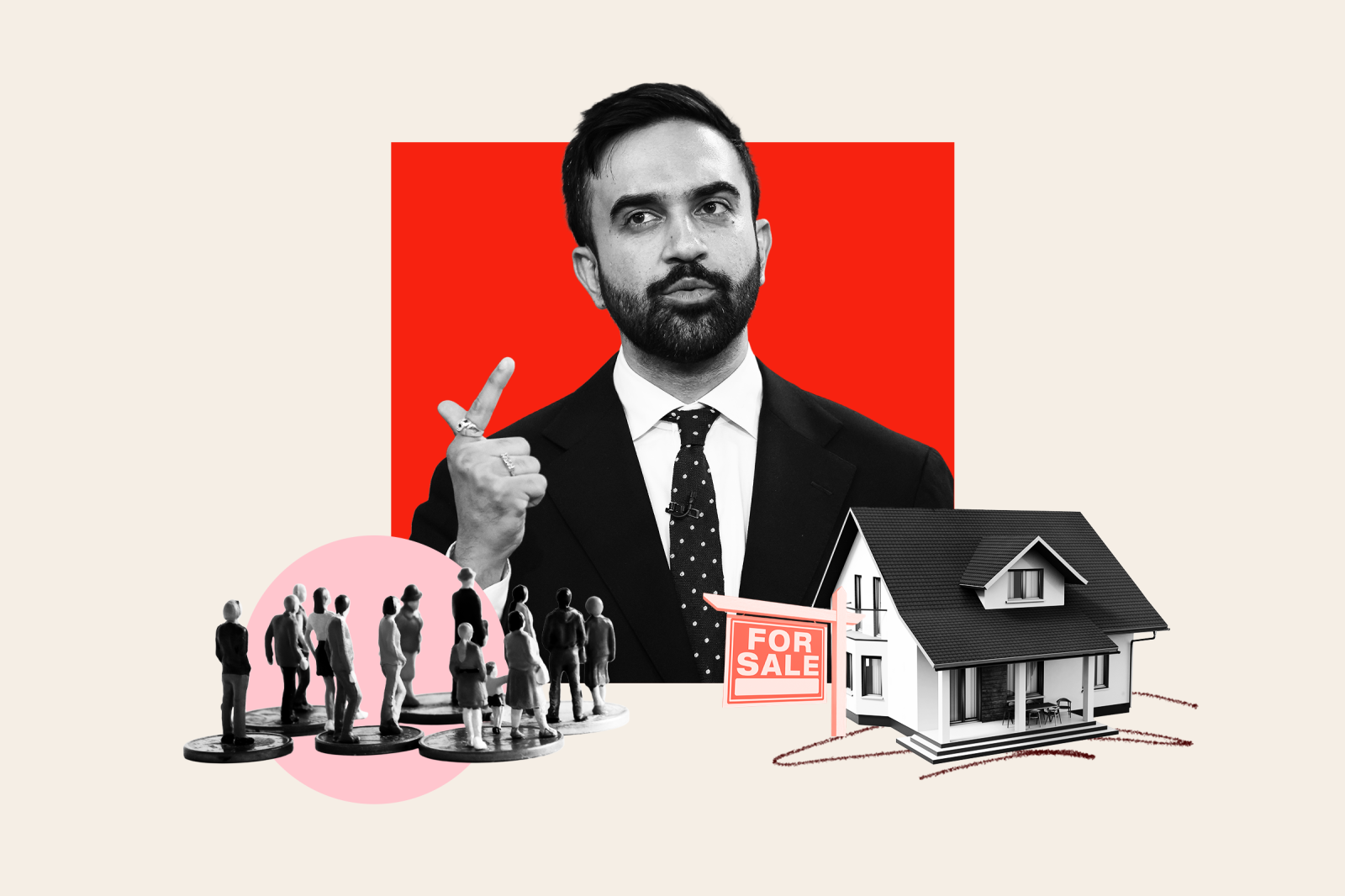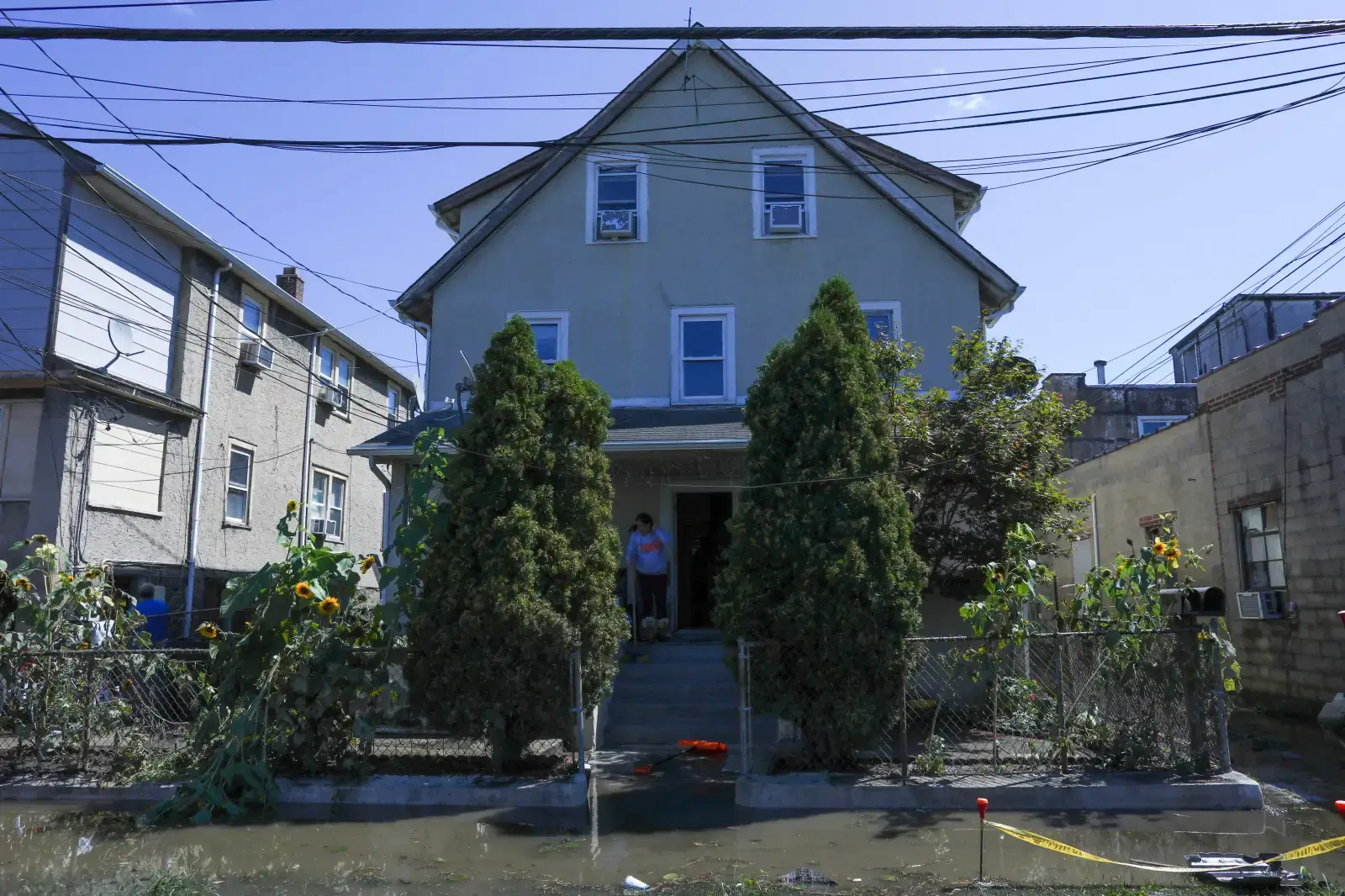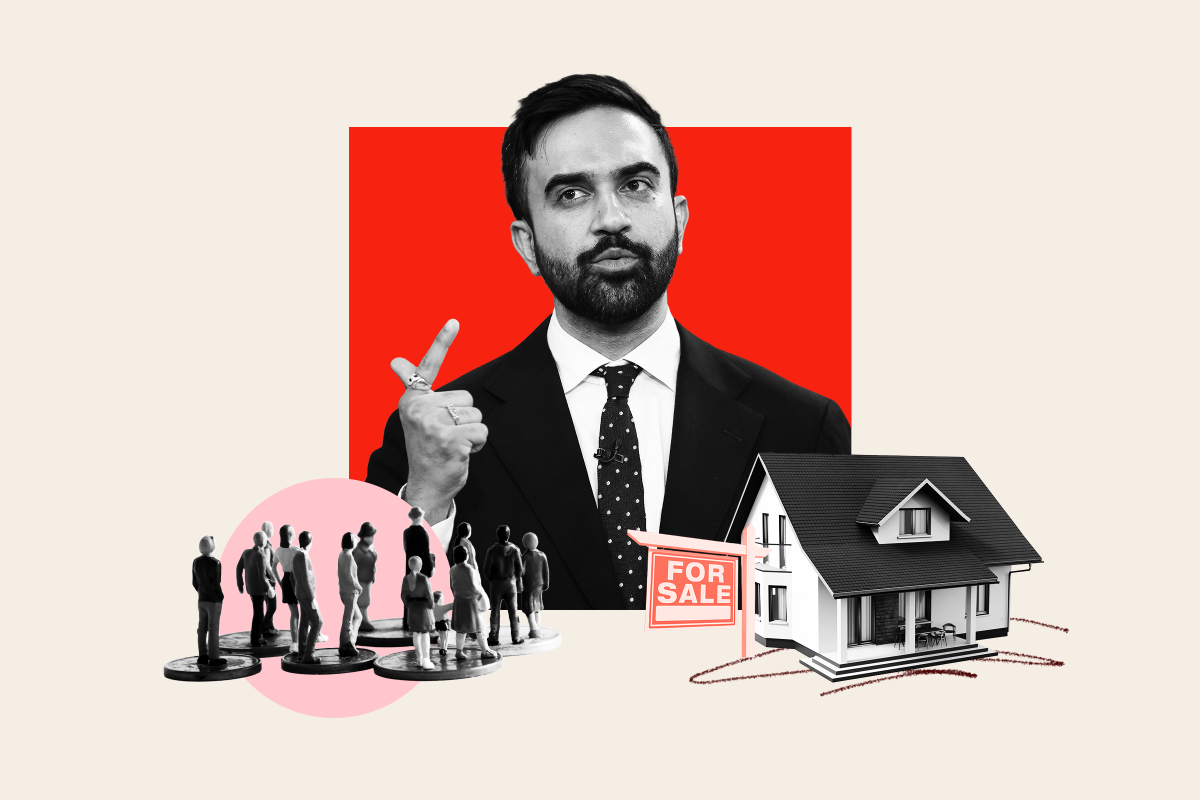With less than a month before the New York City mayoral election, Zohran Mamdani appears set to replace the embattled Eric Adams and write a new chapter in the history of the busy metropolis, which he has promised to make more affordable for its residents—especially renters.
But experts are warning that, even if Mamdani keeps his promise to freeze rents in New York City, another growing problem could chip away at any savings delivered to residents: rising home insurance premiums.
While the rent freeze has been framed as relief for tenants, rising insurance costs may emerge as a new affordability killer in New York City, housing experts and economists told Newsweek, undoing any savings tenants might have gained from a cap on rent.
What Are the Challenges Faced by NYC Renters?
New York is an expensive city for both tourists and residents—but it is especially bad for renters, who pay a significantly higher price for their units than the average American. According to Zillow, the average rent for all bedrooms and all property types in New York is $3,595, compared to the national average of $2,000.
While rents have increased in recent years, wages in the city have not kept up.
“NYC renters have seen costs go up faster than incomes over the past five years,” Emily Eisner, economist at the Fiscal Policy Institute, told Newsweek. “There is an affordability crisis that is particularly centered on the housing market, which continues to see cost increases.”
A recent report by Realtor.com found that a typical household in New York City would need to spend 56.7 percent of its monthly income to rent a typical home—well above the 30 percent affordability benchmark, Jiayi Xu, economist at Realtor.com, told Newsweek.

The median rent for stabilized apartments in New York City is $1,620, according to data mentioned by Kenny Burgos, CEO of the New York Apartment Association, which represents a coalition of property owners and managers providing affordable multi-family housing in New York.
This sum is less than 60 percent of the area median income in the city, according to 2024 state government data, which makes stabilized units “the largest source of affordable housing in the city,” Burgos said. “Unfortunately, due to the restrictions and the overall lack of supply, many low-income individuals struggle to secure these apartments.”
What Do People Think Of The Idea To Freeze Rent?
That New Yorkers are enthusiastic about Mamdani’s policies, including his promise to freeze rent, is made clear by the latest polls, which all show Mamdani with a commanding lead over his rivals Andrew Cuomo—who has been endorsed by Adams and is running as an independent—and Curtis Sliwa.
“Tenants are the majority in New York. Hundreds of thousands of us united to elect Zohran Mamdani because he had an answer to address our biggest expense every month: rent,” Cea Weaver, Executive Director of Housing Justice for All and the New York State Tenant Bloc, told Newsweek.
“Freezing the rent is the single most powerful action the mayor can take to make New York affordable. A four-year rent freeze would save tenants nearly $7 billion, or $600 a month. That’s money we could be using for groceries, medication, and child care,” she said.
Without a freeze, Weaver said, “more and more people are being forced to leave their homes and the city because of skyrocketing rents. If landlords are allowed to keep raising the rent unchecked, NYC is going to look completely different, and the people who make our city run won’t be able to afford to stay here.”
Housing experts and economists are a little more conflicted about the policy proposal—and its potential impact.
Xu of Realtor.com told Newsweek that, based on the current data available, a rent freeze could save a typical rent-stabilized unit hundreds of dollars in the first year alone.
The most recent rates set by the New York City Rent Guidelines Board (RGB) for one-year renewal leases of rent-stabilized apartments in New York City is 3 percent, she said. According to the most recent New York City Housing and Vacancy Survey, which dates back to 2023, the median rent for rent stabilized units is $1,500.
“If a rent freeze were implemented, tenants in a typical rent-stabilized unit would save $540 in the first year,” Xu said. “Over the full four-year mayoral term, a tenant paying $1,500 per month could save approximately $5,564 compared with a scenario in which rent increased at a compounded annual rate of 3 percent.”
The immediate beneficiaries of this rent freeze would be tenants in rent-stabilized units, Xu said, “as it would save money and improve affordability.” However, she added, “the freeze could also increase demand for these units and reduce turnover.”
With more people unable to access stabilized apartments, demand for market-rate units may rise, Xu said, “putting upward pressure on market-rate rents, and potentially widening affordability gaps across the broader rental market.”

This is the main criticism that those who oppose the measures—including many landlords—have brought forward against Mamdani’s idea.
“Freezing rents for 40 percent of tenants is not a solution to affordability. It is picking winners and losers,” Burgos said.
“The consequences of the policy will be an increase in overall rents for most tenants. Less housing as private capital is reluctant to invest. And, ultimately, budget shortfalls that put the city’s social safety net at risk,” Burgos said.
“The best way to address affordability is to reduce the cost of maintaining and developing housing, and we have seen no concrete proposals from the Mamdani campaign on how to accomplish those things at this moment.”
According to Burgos, it is already “too expensive” to build and maintain housing in New York City.
“A rent freeze is just going to make it worse,” he said. “Private investment in new development will be reduced. The value of current buildings will decline, which means there will be no capital available for repairs and maintenance. There are no free lunches. New York will pay for the rent freeze with less housing, higher overall rents, and declining building quality.”
Redfin chief economist Daryl Fairweather told Newsweek that while freezing rents sounds good in theory, it would be bad for NYC renters in the long-run.
“Rent control can help existing renters of certain qualifying apartments keep their housing at below market rates, but it creates distortions in the rental market that end up harming far more renters than the ones who are helped,” she said.
“There is widespread agreement among economists that rent control discourages new construction, reduces mobility, generates mismatch between housing units and tenants, and encourages the conversion of rental to owner-occupied housing—all of which over time are likely to make renting less affordable. Rent control is like medicine that makes you feel better today, but worsens your health over time.”
Eisner can see both the advantages and the shortcoming of freezing the rent in New York City.
“Freezing the rent is one tool available to lawmakers to help alleviate the cost of living. In the long run, we need to add housing to the NYC metro area—at least 500,000 units,” she said.
“Increasing the supply of housing accessible to middle- and working-class New Yorkers is ultimately the best way to stem the affordability crisis. But we also need more immediate relief and providing a rent freeze for a couple years to the 1 million rent stabilized households is an important step towards ensuring affordability as quickly and efficiently as possible,” she added.
How Does Insurance Come Into This?
A factor that Mamdani has not yet considered is rising home insurance premiums in the city.
Climate change is fueling natural disasters and extreme weather in the U.S. and around the world, making them more frequent and more severe. This, in turn, is increasing the risk faced by carriers insuring properties across the country and leading them to either increase premiums or leave the most vulnerable areas.
While the phenomenon has been more evident in at-risk states like California and Florida, New York—where storms are becoming more intense and summers hotter—has not been immune. According to data cited by Patch, premiums in New York rose 19 percent between 2018 and 2023, including a hike of 6.4 percent between 2022 and 2023 alone.

Earlier this year, state lawmakers said they were launching an investigation into New York’s residential property insurance market, trying to understand how to stop premiums from continuing to rise.
“While New York maintains a more robust regulatory environment for its insurance industry than in many other states, property owners continue to face significant premium increases, restrictions in coverage, or outright denials—through no fault of their own,” Orange County state Senator James Skoufis said in a statement.
“Importantly, while the industry has lost money in many other states around the country, they post enormous profits year after year here in New York, an indication that our residents are being taken advantage of.”
If they keep their upward trend, higher insurance premiums could be pushed by exasperated landlords on their tenants, with the potential to “undermine the savings from a rent freeze, both directly and indirectly,” Xu said.
“For example, landlords might increase maintenance fees where allowed or cut spending on building services and amenities, indirectly affecting tenants’ quality of life,” she added.
For Fairweather, higher premiums “are a good example of how capping rents can distort the rental market.”
“Under rent control, if property insurance premiums increase to the point that property owners cannot afford insurance on capped rents, the property owner would have to sell, and that unit would be taken off the rental market, further limiting rental supply,” she said.
“We can anticipate that property insurance premiums will grow due to climate change and the increasing frequency of natural disasters, including hurricanes and floods.”
Read the full interview with Emily Eisner:
What are the financial challenges faced by NYC renters?
“NYC renters have seen costs go up faster than incomes over the past five years. There is an affordability crisis that is particularly centered on the housing market, which continues to see cost increases.”
What do you think of Mamdani’s promise to freeze rents for NYC renters?
“Freezing the rent is one tool available to lawmakers to help alleviate the cost of living. In the long run, we need to add housing to the NYC metro area—at least 500,000 units.
“Increasing the supply of housing accessible to middle- and working-class New Yorkers is ultimately the best way to stem the affordability crisis. But we also need more immediate relief and providing a rent freeze for a couple years to the 1 million rent stabilized households is an important step towards ensuring affordability as quickly and efficiently as possible.”
Do you see any downside to it? Some fear that the rent-controlled market might face financial difficulties if a rent freeze is implemented. What do you say to that?
“The rising costs of home and property insurance, as well as maintenance are real issues facing landlords and tackling them is important to maintaining the stock of affordable housing in the city.
“However, a rent freeze for a few years will not ultimately do that much damage to landlord incomes, while providing significant relief for tenants. The financial strains that some landlords face require a different set of policy interventions including state support for capital investment and repairs that are overdue.”
What do you think would be the impact on the overall rental market?
“A rent freeze for a few years will provide some relief to the cost-of-living for a significant portion of New Yorkers. The proposal for a rent freeze has also pushed the conversation of affordability forward in important ways that will continue to pay dividends as we grow the number of affordable and accessible housing units in the city and its surrounding suburbs.”

